WOMEN BODYBUILDING REGULATION / BODY TRAINED
The new impetus for bodybuilding and women's bodybuilding 2025
We have decided to go back to the roots of our sport.
Bodybuilders are athletes who use weight training to achieve an esthetic goal. Some want to be muscular and look good, others want to be muscular and spectacular.
The WNBB launch its new sports regulation creating two major categories:
the LIGHTWEIGHT CLASS and the HEAVYWEIGHT CLASS
Here is the new regulation that everyone was waiting.
.png)
All the pictures used in this bookloet have been taken during competitions. They are free from use and used exclusively during an educational and reglementary goal.
Each athlete can ask, for legitimate reason, to remove his picture.
Summary :
1 : OUTFIT
2 : ROUNDS
Corrected poses
Imposed poses
Comparisons
Free posing
3 : CATEGORIES
4 : THE STANDARDS
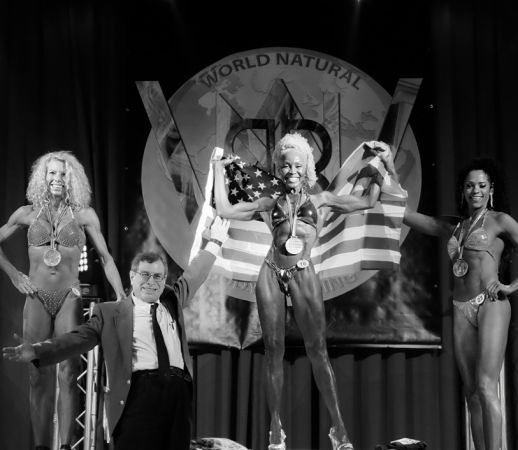
1 : OUTFIT
Outfit : Woman
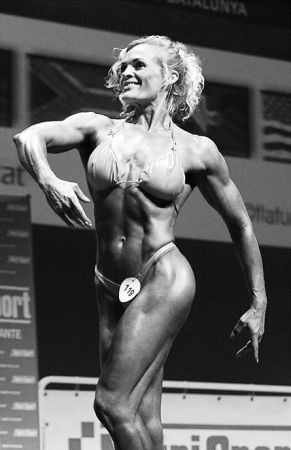
Solid color
No pattern
Glitters, shiny effect and strass allowed
Side width within 1 and 2 cm
Thong allowed
2 pieces bikini
Cross back bikini top recommended (cross back not required)
Open or closed heel - shoes allowed
authorized jewelry
Earrings allowed
The tan must be well distributed (body and face) and dry to the touch when going on stage.
Hair removal or shaving all over the body is mandatory.
Bib number on the left at waist level, always visible.
Any change of outfit is prohibited between rounds.
N.B After outfit check, any failure will automaticalle lead to athlete disqualification if no remediation is possible.
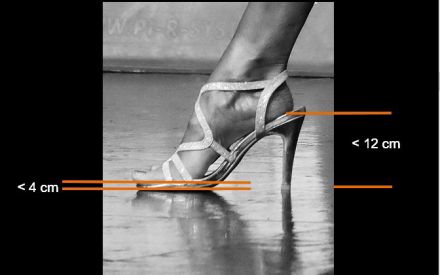
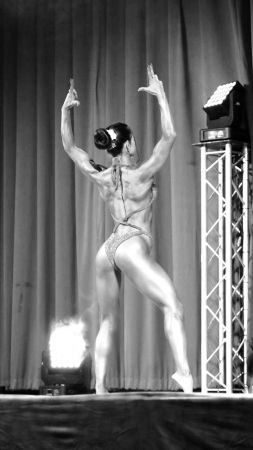
2 : ROUNDS :

Under the chariman direction, all the athletes of the same category go on stage. The chariman introduce each athlete in ascending order of numbers. When number called the athlete make a step ahead. A free pose is allowed. Once all the athletes are introduces, poses are performed.
The four poses are always performed with a rotation to the left :
Front
Right profile
Back
Left profile
SECOND STEP : IMPOSED POSES
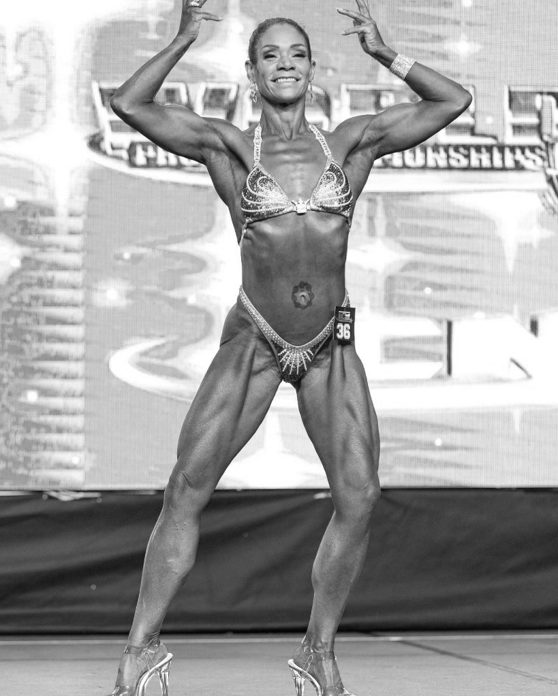
- Under the chairman's direction, all athletes in a category come on stage.
- The chairman announces each athlete in ascending bib number order.
- When their number is called, the athlete steps forward and performs a free pose.
- After all presentations, the corrected poses are performed with rotations to the left:
- Front
- Riht profile
- Back
- Left profile
THIRD STEP: COMPARISONS
Before any comparison, drawers can be performed. The left half of athletes must step back and the right half must step ahead. This allows the chairman to make a drawer and the athletes perform again the imposed poses.
After being back in ascendant order, athletes are aligned at the back of the stage. Comparisons of 3 can be asked by judges in order to value better athletes physiques and sharpen the ranking. The requests for comparisons are announced by the table head judge.
FOURTH STEP : FREE POSING

3 : CATEGORIES
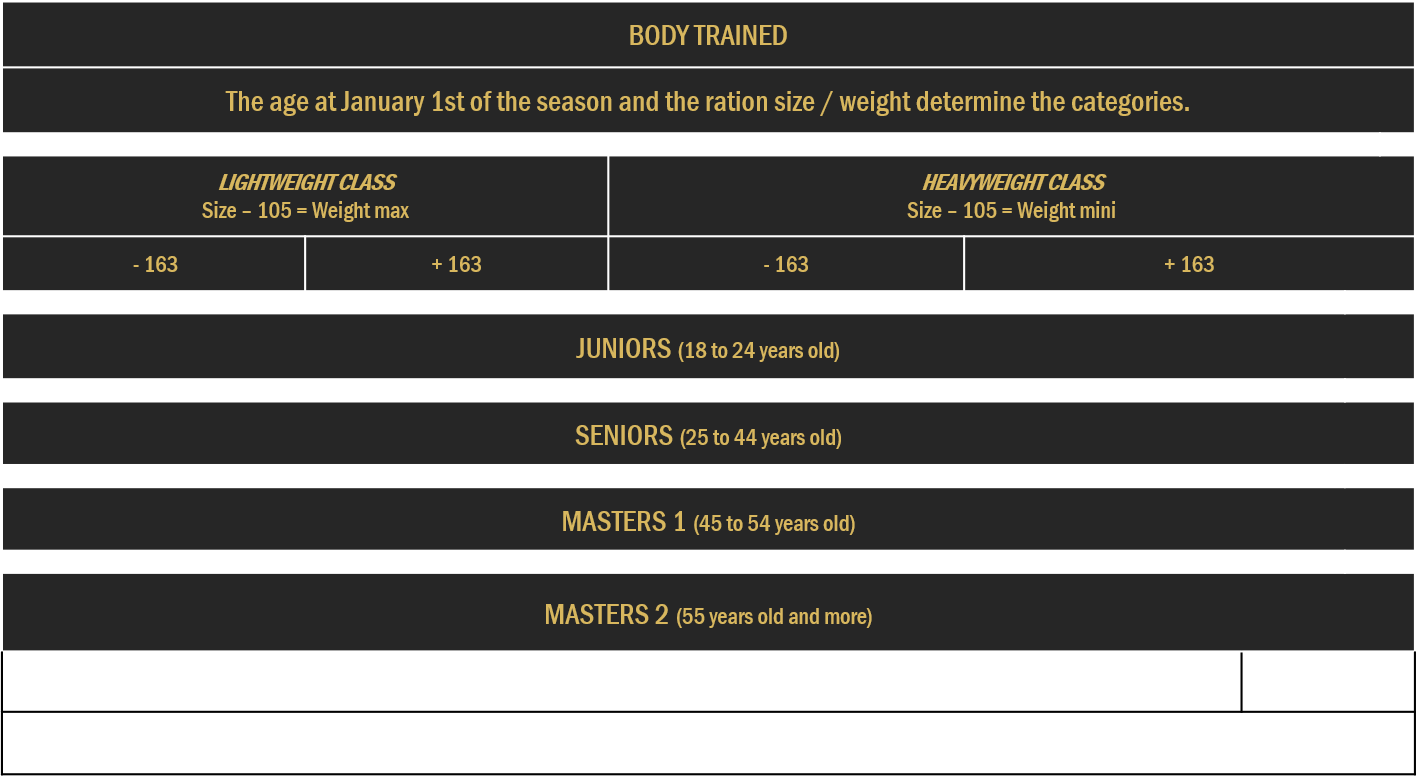

4 :THE STANDARDS

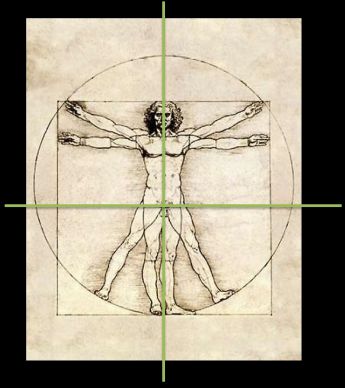
Body Trained « LIGHTWEIGHT CLASS»
Body Trained « HEAVYWEIGHT CLASS»
.png)
5 : POSES - WOMEN
General attitude:
Lengthening, « dignified » head baering , smiling
Front corrected pose
Chest:
In maximal opening and optimal back flaring, « chest up » no body swing backward Shoulders aligned, abs, arms and forearms contracted.
Legs:
Always contracted at the maximum. More or less bent according to the definition and volume. Engage the hip to rotate outside. Possibility to rise up foot peaks. Pelvis in anteversion.
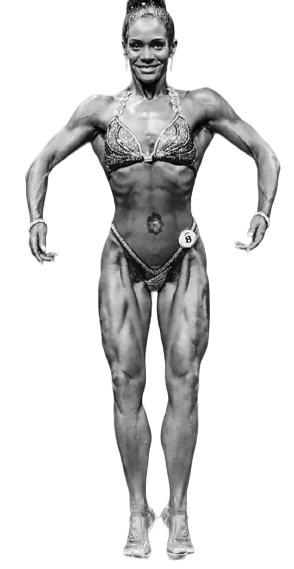
Back corrected pose
Chest:
In maximal opening and optimal back flaring, « chest up » no body swing backward Shoulders aligned, abs, arms and forearms contracted.
Back :
In maximal opening, « take up space ». Shoulders blades perfectly fixed, arms slightly opened, hip more or less in anteversion.
Legs:
Always contracted at the maximum. More or less bent according to the definition and volume. Engage the hip to rotate outside. Possibility to rise up foot peaks. Pelvis in anteversion. Act as if we want to lift the heels to show up the calves.
_noir_et_blanc.png)
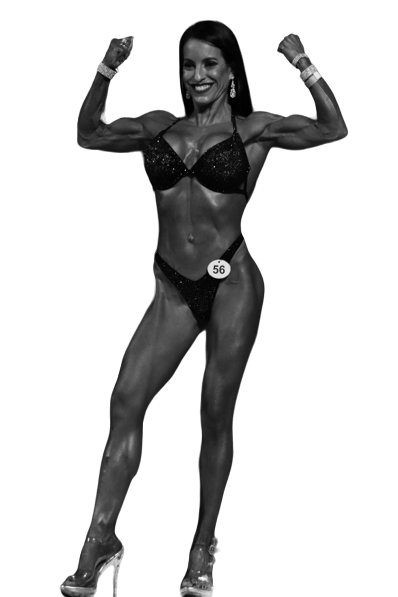
Imposed pose
Front double biceps
Biceps:
Elbows more or less up to shoulders according to morphology and forearms more or less bent. Hands more or less opened and fist. not closed
Chest:
Back as flared and expanded as possible, shoulders aligned if possible. Abs contracted and retracted belly.
Legs:
A tight on the side (more or less opened according to definition and volume), preferably well taut and contracted. The other in identical position to the front corrected one. Hip in slight anteversion.
Imposed pose
Best profile biceps
Arms:
On jury side, arm more or less closing according to volume and biceps shape. Opposite hand on wrist or forearm bent support. Arm opposite side to jury more or less open according to morphology.
Chest:
Rip cage opening. Abs contracted and retracted. Stick out the chest and contact the pecs. Open and contract well the shoulders, keeping an eye on their alignment (slightly bending toward the jury)
Slight rotation of the chest toward the jury.
Legs:
Tight on jury side press under the opposite tight to show up the hamstring. In more or less bent position according to volume and definition of the hamstring. Heel slightly up, glutes up and backward. All the leg must be contracted.
_noir_et_blanc.png)
.png)
Imposed pose
Back double biceps
Biceps :
Elbows more or less up to shoulders according to morphology and forearms more or less bent.
Chest:
Back as expanded and flared as possible, shoulders aligned if possible. All the back must be contracted.
Legs:
A tight on the side (more or less open according to its definition and volume), half taut and contracted. The other opening and contracted, heel up. Hip in slight anteversion.
Imposed pose best profile triceps
Arms :
Taut on jury side, in a slight move backward to show the glutes. More or less in internal rotation according to triceps volume and definition.
Chest :
Rib cage opening. Abs retracted and contracted. Lift up chest and pecs contracted. Open and well contracted shoulders, keep an eye on their alignment (bending toward jury). Slight rotation of the chest toward the jury to show up the triceps.
Legs:
Tight on the jury side pressed under opposite thight to make the hamstring pop. In more or less bent position according to volume and definition of the hamstring. Heel up, glutes backward and upward. The whole leg must be contracted.
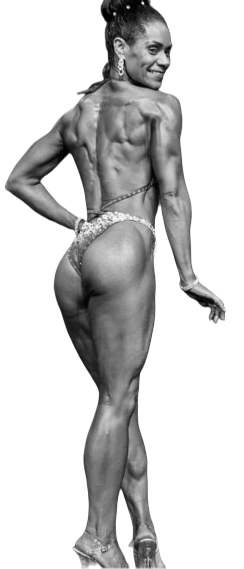
8/10 rue Edmond Besse, cidex 415 - 33083 Bordeaux cedex
mail: administration@wnbb.eu - tél: 06 32 64 71 27
-Siret 841 774 094 00020 w332022079